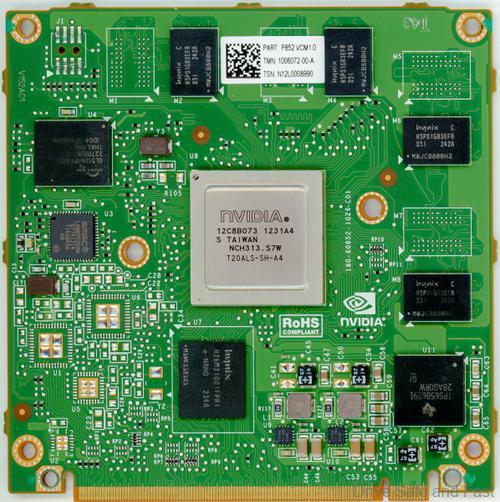Japan is going all in to help TSMC to expand production in the country
Japan said it will give TSMC up to 732 billion yen (USD4.86 billion) more in subsidies to help it build a second chip fabrication plant as the Taiwanese company on Saturday marked the opening of its first Japanese factory. So what drove the country to pour in even more in investments after already doing so?

TSMC’s decision to build chips in Japan has become a key component of Tokyo’s push to revive advanced semiconductor manufacturing and harden its industrial supply chains against disruptions as tensions with neighbouring China grow. With this, we can infer that Japan has seen potential in this sector.
Moreover, Minister of Economy, Trade and Industry Ken Saito, said, “The chips will be more advanced than the first factory and can be used for AI and autonomous driving, and will ensure we have stable supply of semiconductors in Japan.” attending an event hosted by TSMC’s founder Morris Chang.
The latest financial commitment, which will add to money given to the world’s biggest chipmaker for its first factory, could push taxpayer-funded subsidies for TSMC beyond 1 trillion yen. With this, now Japan might just be able to single-handedly ensure a chip shortage never happens again.

TSMC, which is also expanding in the U.S. and Germany, plans to ramp up to mass production in Japan before the end of the year. Total investment in the venture, including a second plant, will exceed more than USD20 billion, according to the Taiwanese company. Let’s see how much this helps.
On top of that, when completed, monthly capacity across the two factories will exceed 100,000 12-inch wafers that TSMC will supply to technology firms and carmakers including Sony and Toyota Motor. Toyota has already proven its prowess as well being one of the top automakers in terms of sales last year so this is good.
Japan is also investing in a homegrown chip venture, Rapidus, which is partnering with IBM and Imec, a European chip research organisation, in a bid to mass produce cutting-edge chips on the northern island of Hokkaido from 2027. With this, we may see Japan become a global superpower after that.

We got all this from Reuters and their full article is linked here. Thank you Reuters for the information and images.